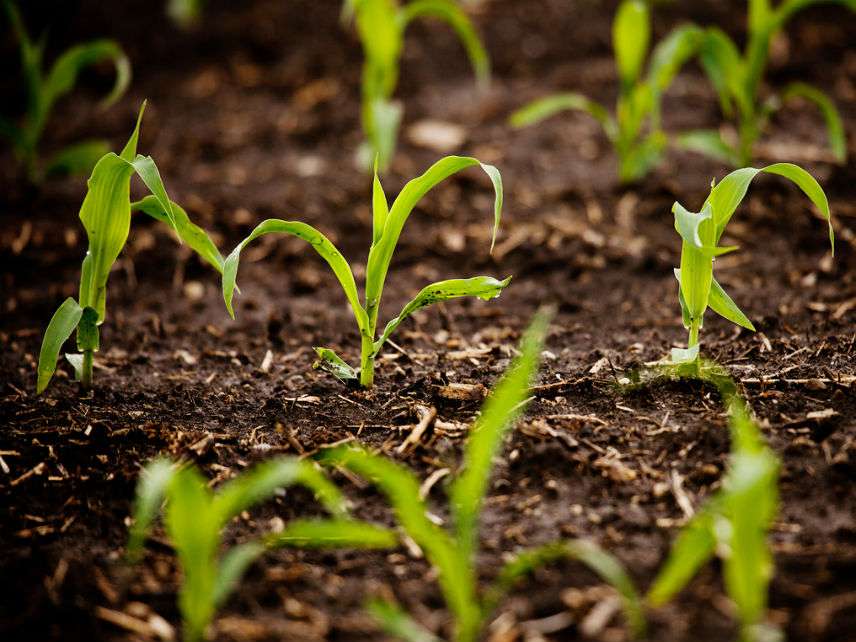Malthusian Specter Pushed Back Further: Crops Engineered to Use 25 Percent Less Water
Yet another limit to growth recedes into the distance

Humanity is approaching "peak water" according to some researchers who argue that people are using more water than ecosystems can sustain without significant deterioration and degradation. The World Bank estimates that more than 70 percent of freshwater is used for agriculture. Furthermore, feeding a population of 9 billion in 2050 will require a 50 percent increase in agricultural production and a 15 percent increase in water withdrawals.
The good news is that researchers associated with the Realizing Increased Photosynthetic Efficiency (RIPE) project have engineered crop plants to use 25 percent less water while maintaining their yields. Water evaporates from plants through openings on their leaves called stomata through which they obtain carbon dioxide from the atmosphere to fuel photosynthesis. The researchers boosted the levels of a photosynthetic protein (PsbS) to conserve water by tricking plants into partially closing their stomata. This does not impair photosynthesis since the concentration of carbon dioxide in the atmosphere has increased by 25 percent during the past 70 years, enabling the plant to absorb enough carbon dioxide without fully opening its stomata.
"Evolution has not kept pace with this rapid change, so scientists have given it a helping hand," explained RIPE Director Stephen Long in a press release.
And thus does yet another limit to growth recede into the distance.
Show Comments (128)